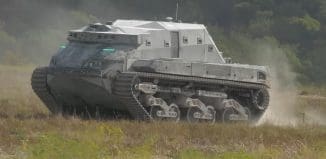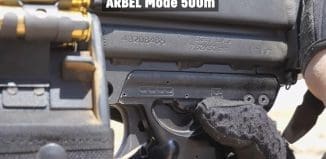Quantum Leap in Military Rotorcraft Capabilities
This post is also available in:  עברית (Hebrew)
עברית (Hebrew)
Rotorcraft require a heavy burden of maintenance due to flying at high speeds. An on-demand control technology of composite material behavior could enable a variety of new capabilities for future military rotorcraft design, performance and maintenance. The technique that causes a composite material to become stiffer and stronger on-demand when exposed to ultraviolet light was developed by engineers at the U.S. Army Research Laboratory (ARL) and the University of Maryland.
Dr. Bryan Glaz, chief scientist of ARL’s Vehicle Technology Directorate said “an important motivation for this work is the desire to engineer new structures, starting from the nanoscale, to enable advanced rotorcraft concepts that have been proposed in the past, but were infeasible due to limitations in current composites.
According to eurekalert.org, the technique consists of attaching ultraviolet light reactive molecules to reinforcing agents like carbon nanotubes. These reactive reinforcing agents are then embedded in a polymer. Upon ultraviolet light exposure, a chemical reaction occurs such that the interaction between the reinforcing agents and the polymer increases, thus making the material stiffer and stronger. The joint work shows that these composite materials could become 93-percent stiffer and 35-percent stronger after a five-minute exposure to ultraviolet light.
“In this instance, the development of advanced structures to enable leap-ahead Army aviation capabilities not currently feasible due to limitations in mechanical properties of current materials,” Glaz said. “This is especially important for the envisioned future operating environment which will require extended periods of operation without the opportunity to return to stationary bases for maintenance.”
Future structures based on this work may help lead to new composites with controlled structural damping and low weight that could enable low maintenance, high-speed rotorcraft concepts that are currently not feasible.






























